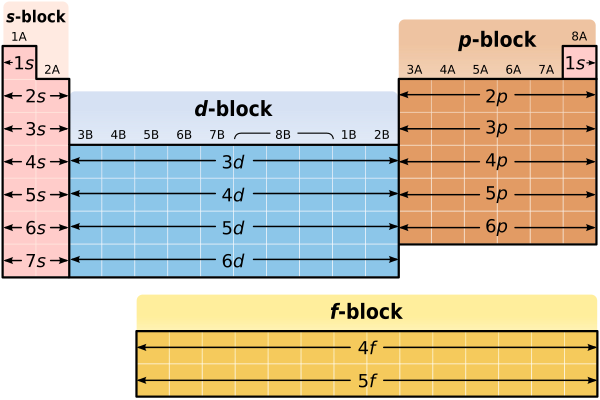I feel like I have prepared well for the test because I have reviewed notes and completeted the practice tests and worksheets available for test prep online. I feel like I am extra worried about this test because there is no quiz, so this test will make an even larger impact on my grade. I feel like tomorrow should not be that bad though. Hopefully I am not proved wrong.
For those still needing to study, check out the links below:
Tuesday, March 15, 2016
Friday, March 11, 2016
Bond Polarity
When a bond between 2 or more elements is formed, there may be a slight pull of the electrons in the bond toward the more electronegative element which results in a polar molecule. Today we learned how to determine whether or not a bond is polar.

In the molecule above, flourine (F) has the greatest electronegativity which can be found on the periodic table. Because of this, the electrons are pulled toward it and cause an unequal distribution of charge. F has a slightly negative charge as noted by delta minus because is has to negatively charged electrons closer to it. This unequal distribution in charge causes a dipole moment, which is represented by the arrow above the molecule as shown above, The dipole moment points towards the more electronegative atom. In a molecule containing a single bond is automatically polar if it has a dipole moment, like the HF molecule shown above. Dipole moments do not always mean polar in molecules involving multiple bonds, however.

For example, the CO2 molecule contains dipole moments but is not considered polar. The oxygens are the more electronegative atoms, so the dipoles point outwards. These 2 dipoles are in the completely opposite directions, so they cancel each other out, making the molecule nonpolar.
Thursday, March 10, 2016
Modeling Lab in Library
Shown above is the HNS, lewis dot structure, and 3D molecule SF4
Today our class met in the library to do an activty that would help us better understand how to draw lewis dot structures using the have need share model and how to buid these molecules in 3D. Also, this lab gave us practice with determining the shape and geometry of a molecule. I enjoyed this activty because I like working hands on and getting to use the dry erase tables was fun. I am happy we did this lab toward the beginning of the unit because it really helped us get the basics down before moving onto more difficult concepts.
Sunday, March 6, 2016
Unit Test
Overall, I feel like I did well on this unit's test. I knew the material well, but there were a lot of questions to answer within the hour, so I did not have time to work some math problems or double check any of the answers I was unsure about. Hoping for the best.
Time Management During Tests
Time Management During Tests
Saturday, March 5, 2016
Quantum Numbers
There are 4 quantum number for each specific electron.

- Principle Quantum Number
- Angular Momentum Number
- The Magnetic Quantum Number
- The Spin Quantum Number

Thursday, March 3, 2016
Ionization Energy vs Electron Affinity
Ionization energy is the energy needed to remove an electron from a gaseous atom. The first ionization energy is the energy required for removal of the first electron. Electron affinity, on the other hand, can be thought of as the ease with which an electron may be added to an atom, creating an anion. They are essentially opposite in definition, but they both increase as you move and up and right on the periodic table.
Wednesday, March 2, 2016
Sublevels
Subscribe to:
Comments (Atom)



